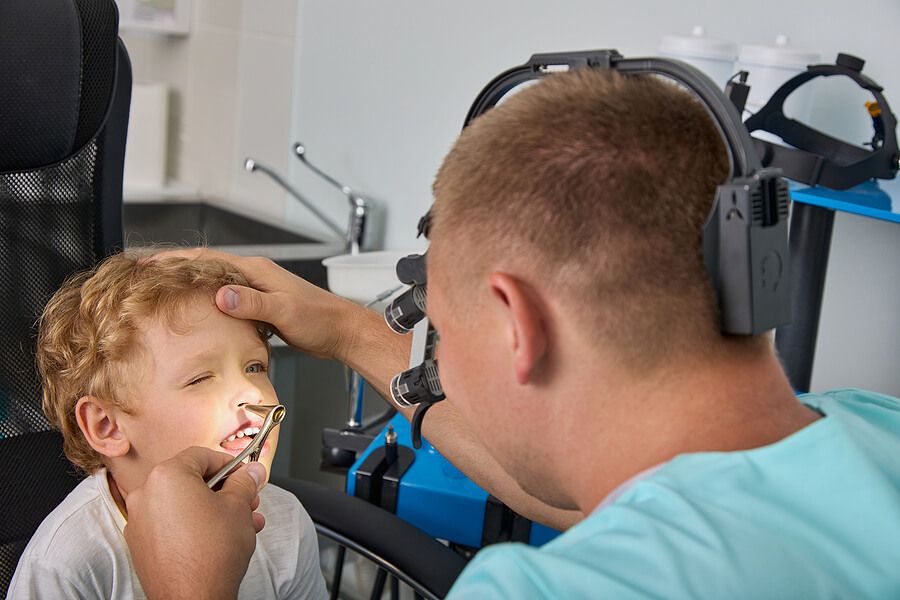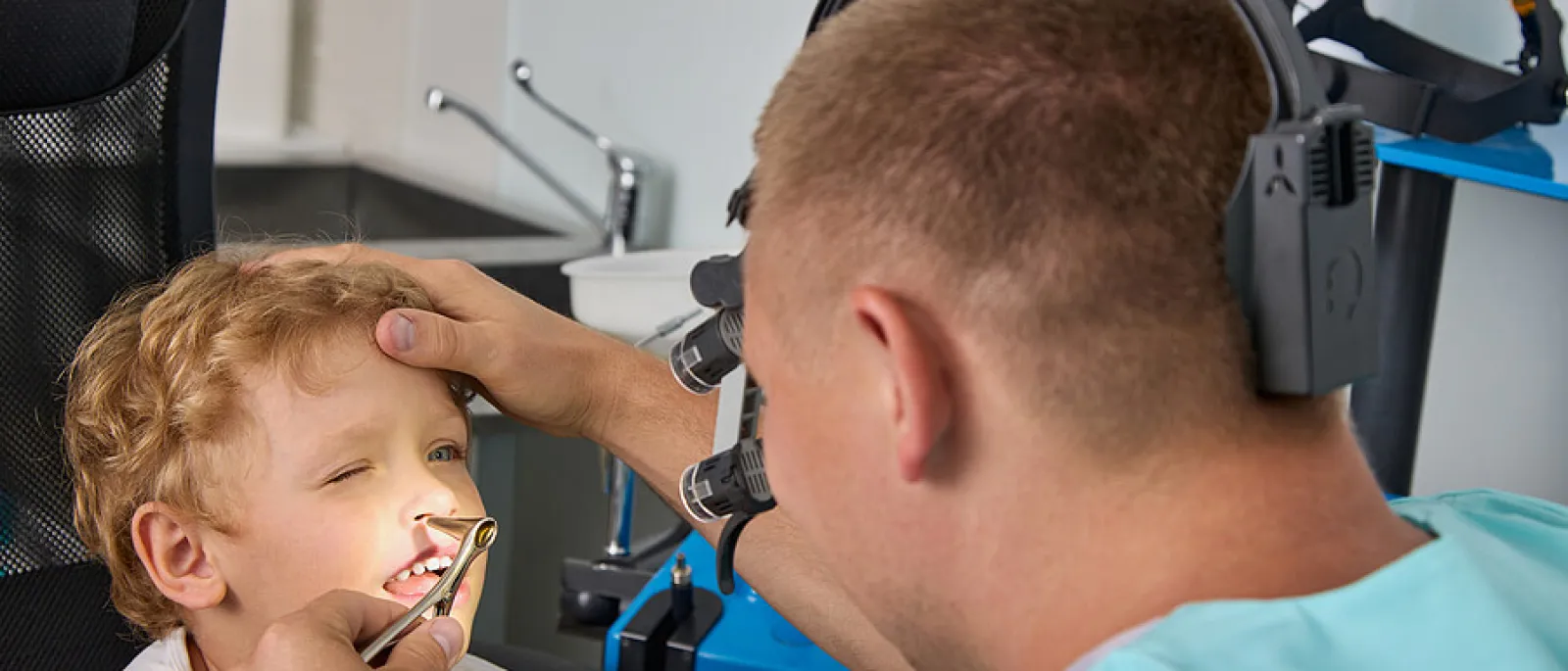Nasal obstruction is a frequent condition in children that can substantially influence their quality of life. Nasal blockage, caused by congenital disabilities, allergies, or infections, can cause breathing difficulties, sleep disturbances, and decreased overall development. Traditional surgical interventions frequently involve intrusive procedures, but improvements in medical technology have paved the way for minimally invasive approaches that provide efficient solutions while minimizing risks and allowing for faster recovery times. However, what are Pediatric Nasal Polyps? Pediatric nasal polyps are benign growths that cause substantial blockage and discomfort in the nasal passages. Careful management is critical because these polyps can cause complications such as URTI.

Minimally Invasive Techniques for Nasal Obstruction in Children
Professionals can treat Nasal obstruction outside surgical treatment in children with minimally invasive techniques. Here are some options:
- Absorbable nasal implant: This is a new minimally invasive therapy option for nasal obstruction caused by internal nasal difficulties. The implant, also known as Latera, can clear up clogged airways.
- Total Nasal Airway technique (TNAP): A minimally invasive technique that can increase nasal airflow like surgery does. It requires less pain and downtime and improves its performance under local anesthetic.
- Nasal valve collapse treatment: Non-surgical options for nasal valve collapse include nasal strips or nasal dilators that provide mechanical dilatation. Minimally invasive therapies, such as nasal valve implants, can be put beneath the skin and are available. Surgical procedures such as nasal valve repair via rhinoplasty are also available.
- Nasal Airway Remodeling: It is a simple, one-time procedure that can open your nasal passageways and restore unrestricted breathing without surgery. Nasal Airway Remodeling is a non-invasive therapy performed in minutes in the office or outpatient center.
Minimally Invasive Sinus Technique:
- Balloon Sinuplasty for Pediatric Nasal Polyps: Balloon sinuplasty is a minimally invasive technique that uses a tiny balloon to open blocked nasal passages gently. This procedure protects delicate nasal tissues while effectively removing polyps, delivering relief without the agony associated with standard treatments.
- Endoscopic Sinus Surgery for Polyps: Endoscopic sinus surgery allows for the precise removal of nasal polyps. Surgeons can use new endoscopic equipment to locate and remove polyps with minimal tissue disruption, resulting in a faster recovery and improved breathing for children.
Non-Surgical Sinus Treatments:
- Steroid Nasal Sprays: Steroid nasal sprays help to reduce inflammation and decrease nasal polyps. Their non-invasive nature makes them a popular alternative, particularly for pediatric patients, as they efficiently improve airflow and relieve nasal congestion.
- Saline Irrigation: Saline irrigation is a simple yet efficient treatment for cleansing nasal passages, lowering polyp growth, and improving breathing. Regular saline irrigation can help children with nasal polyps enhance their quality of life by preventing nasal blockage.
Managing Upper Respiratory Tract Infections (URTI): URTI prevention is critical in treating pediatric nasal obstruction. Vaccinations, basic hygiene practices, and prompt medical intervention can minimize the incidence and severity of URTI, reducing their impact on nasal health.
Advantages of Minimally Invasive Approaches:
Using minimally invasive surgical techniques over standard surgical methods has various advantages. Here are some benefits of minimally invasive nasal blockage techniques:
- Clinic-based intervention: Because many minimally invasive treatments can quickly occur in a clinic or outpatient setting, patients can return home the same day and avoid a hospital stay.
- Avoiding general anesthesia: Minimally invasive operations frequently require only local anesthetic, which is safer and has fewer adverse effects than general anesthesia.
- Minimally invasive techniques are less intrusive than standard surgical approaches, which means they cause less stress to the body and require less recovery time.
- Less pain: Because minimally invasive techniques cause less pain than typical surgical methods, patients may require less pain medication.
- Shorter hospitalization: Because minimally invasive techniques frequently need shorter hospital stays than standard surgical methods, patients can go home sooner and continue their daily activities.
- Minimally invasive techniques are connected with a lower risk of infection and problems than standard surgical methods, making patients less likely to encounter unpleasant outcomes.
Incorporating minimally invasive sinus procedures with non-surgical treatments is changing the lives of pediatric patients suffering from nasal blockage, particularly those with nasal polyps and recurrent URTIs. These innovative, minimally invasive procedures offer children relief from nasal obstruction, ensuring minimal discomfort and rapid recovery so they can breathe freely and enjoy fresh air. By combining medical expertise with cutting-edge techniques, healthcare experts enable pediatric patients to live healthier, more unhindered lives, promoting their overall well-being and happiness. Take a step in assisting your child. Avoid the painful pains associated with surgical treatment for nasal obstruction in children by contacting ENT of Georgia South for all assistance needed to offer your child fresh air.

